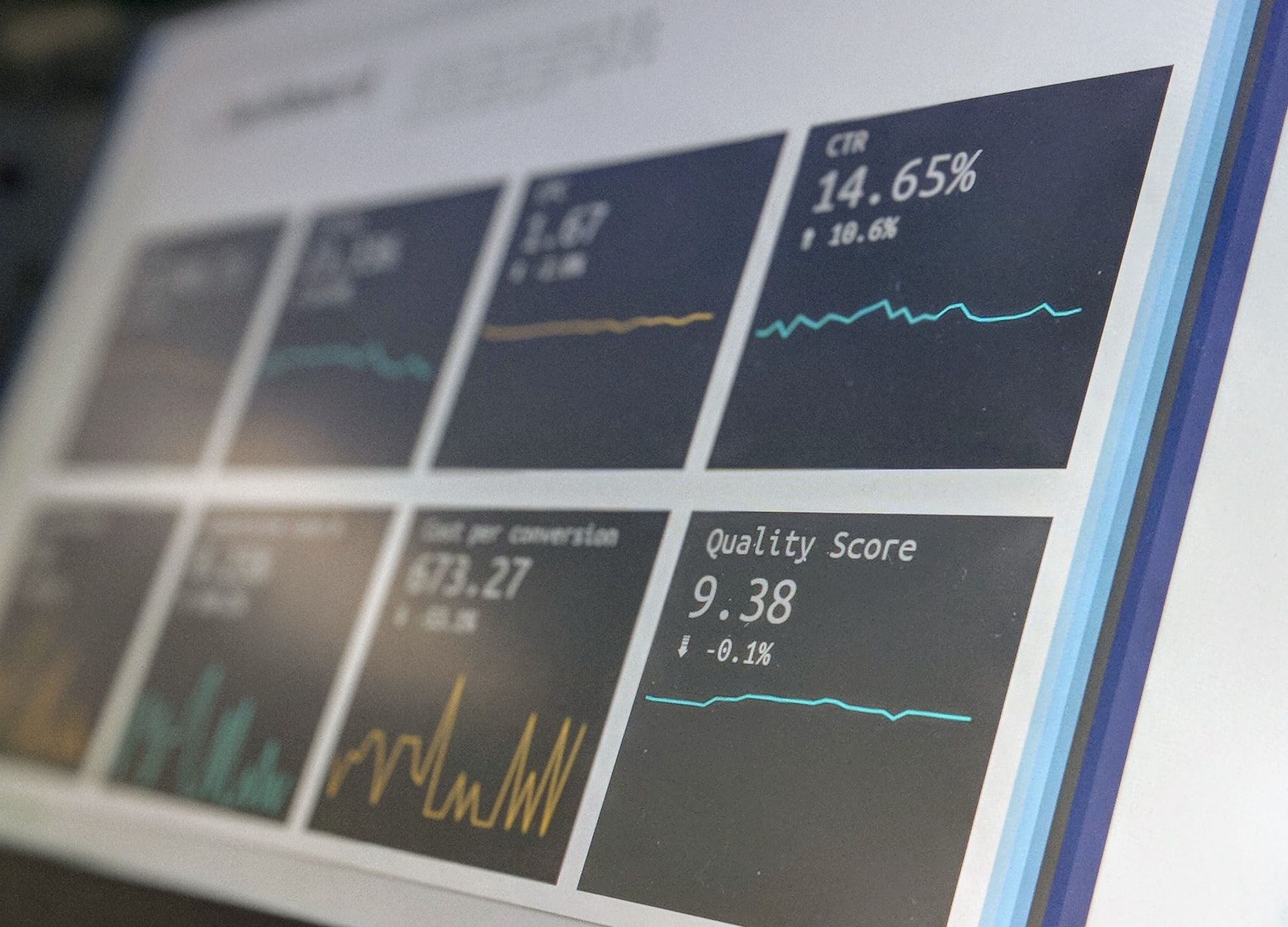Network, in a nutshell, can be defined as a virtual web of interconnected devices through which exchange of information and data takes place. You can visualize it as a network of highways running across a city, country or continent.

Each road connecting two points can be thought of as a connection and every vehicle that plies between them can be thought of as a data packet since it is responsible for the physical movement of entities.
How sprawling the network is going to be, depends upon where exactly it is located and what purpose it is supposed to serve.
For instance, going by our highway model, this is your Home Network:

While this is your Enterprise or Office Network:

See the difference? The traffic, the number of lanes, the rules, everything changes.
In case of your home network, or the simplistic model of the highway, it would not be an issue whether you choose to stop in the middle of the road, drive on the wrong side, maybe even drift around the corners, since the roads are mostly empty, there is very less traffic and lots of space to perform maneuvers of your choice.
However, in the second case, can you afford to even stop on the wayside without blocking the traffic and receiving a thousand honks in return? But a closer study of human nature suggests people wish to do that. If breaking a traffic rule can save 20 minutes of precious time, or a milliliter of fuel why not go for it?

But when we try and evaluate the situation “on the whole”, we realize how cumbersome a things can get if even a single unit behaves out of line. Hence, we have traffic rules, traffic police, traffic lights, CCTV cameras and an entire transport regulatory apparatus in place.
Symptoms of your Screwed Network that call for a management solution (not system) as a cure:
If you run any kind of business like a Co-Working space, Enterprise, Office, Hotel, Restaurant or any other Internet powered venture of your own, there is a certainty you must have come across situations such as these. Remember those long hours wasted on troubleshooting?
- Sluggish Internet: The Internet frequently becomes slow despite the best set of firewalls, routers & Wi-Fi devices.
- Frequent Downtimes: With the influx of network & users’ devices being connected together, troubleshooting/maintenance time has increased, leading to revenue loss.
- Fluctuations: All of a sudden the speed drops to zero and resumes within a minute, after, of course having disrupted all your real time utilities.
- Misuse by users: Anything free is misused & paid is criticized. Random choking bandwidth & misuse of data by one user hampers all other users.
- No DOT Compliance: Everyone is using your Internet other than the intended users & you are not able to track them. Be it guests or customers, can you track them down in case there is a cyberattack on your network?
- Compromised Privacy & Security: Unless explicitly secured for a reason, your network remains susceptible to outside threats like targeted attacks from hackers, sophisticated phishing scams and information leaks.
Your office network, being something similar to the road network we just discussed, needs its own set of regulations to operate smoothly.
If regulated properly, it can provide a fair share of the bandwidth to every user, prevent fluctuations, spikes, disconnections, data theft and make sure a fair amount of data is available to everyone.
How to do that?
To begin with, there are a number of network visualization tools available in the market today- both free and paid. Network Visualization tools convert raw data into graphs which you can use to view how your network has been performing over time. It will provide you with critical insights into data usage, uptime, downtime etc.
Any anomalies on your network would be easily apprehensible on the graph and can be used to plan in advance and make adjustments.

Furthermore, you can enforce fair usage policies to individually allocate data to users or maybe group them according to the nature of their employment- say one group for sales, one for developers and another for accountants- as the amount of data used by each group differs.
As of now there are no free tools to do that, you will be needing an IT team who can develop an interface for you in addition to a dedicated hardware setup to accomplish this.
A firewall can guarantee safety from network and privacy breaches, all the while ensuring your data consistency.
They can also prevent unwarranted intrusions into your network and attacks like DOS (Denial of Service), Malware (Viruses, Worms and Trojans) etc.
Confused? Where to start and what to do? Don't worry, in the next article we shall be exploring Network Management in detail and also certain cost effective way-arounds for starters who cannot afford expensive hardware and dedicated IT teams.
Happy reading!


Comments
Become a BhaiFi® | Blog & Stories member below to join the conversation (it's free!). As a member, you will also receive new posts by email (you can unsubscribe at any time).